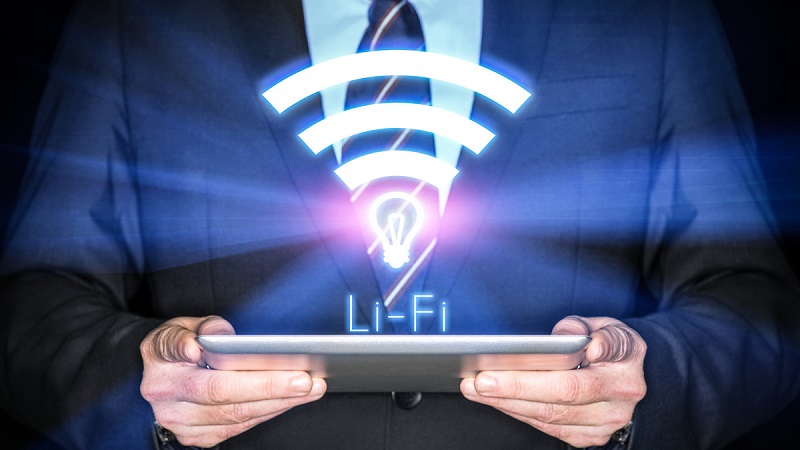A connection up to a hundred times faster than WiFi and also based on light. Yes, that’s LiFi, the next data connection that promises us an infarct bandwidth and a stability that to this day is impossible through WiFi.
Today is published a new research that seeks to solve one of the problems that the use of LiFi, which is to have the light on at all times, since they have now experimented with infrared rays obtaining very good results.

Connections with infrared
It should be remembered that the LiFi connection has been tested in laboratories since 2011, and it was not until the end of 2015 that we saw the first tests in real environments. LiFi is based on the use of light as a means of data transmission, where thanks to light bulbs with modulators and a receiver photodiode, located in various devices, is how you can do the link.
LiFi still has some disadvantages with respect to the WiFi that we all know, because, for example, when it is light it will not be able to penetrate the walls, besides that we will need the light to be on at all times . But apparently they have managed to find the solution to the conflict of light.
You may also like to read another article on imindsoft: 7 ways to recover the key to your WiFi if you forgot it
Joanne Oh of the University of Eindhoven has launched to test LiFi but instead of the classic light bulbs has been based on infrared rays, which are harmless to the human being. This system is based on small antennas capable of transmitting this infrared signal, and during the first laboratory tests were able to obtain connections of up to 42.8 Gbps at a maximum distance of 2.5 meters, which is still far from the 224 Gbps in Theory promise us, but it is certainly a giant advance in front of what WiFi today offers.

These antennas can be placed throughout the house in ceilings or walls, we only need to connect the optical fiber to one of them and thus have our network ready. Each antenna can be configured to transmit at different wavelengths and angles, so we would not have interference problems and we would never run out of connection on our devices.
Another advantage of the LiFi by infrared would be its low power consumption, which would not require an additional power cable, since everything would be obtained from the same fiber optic cable. Also, these antennas would transmit at a wavelength of 1,500 nanometers, which means that the infrared rays would be imperceptible to the human eye. Finally, we could add as many antennas as we need, which would help us avoid saturation and congested transmissions.
Researchers will continue experimenting with this technology, where one of the outstanding issues is security. And it is estimated that in about five years we could have the first devices compatible with LiFi, so there is still way ahead.